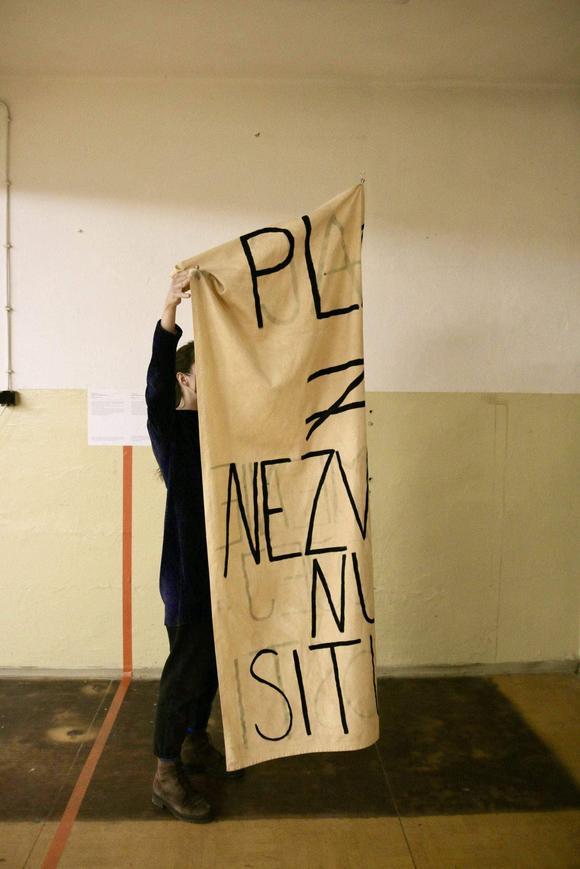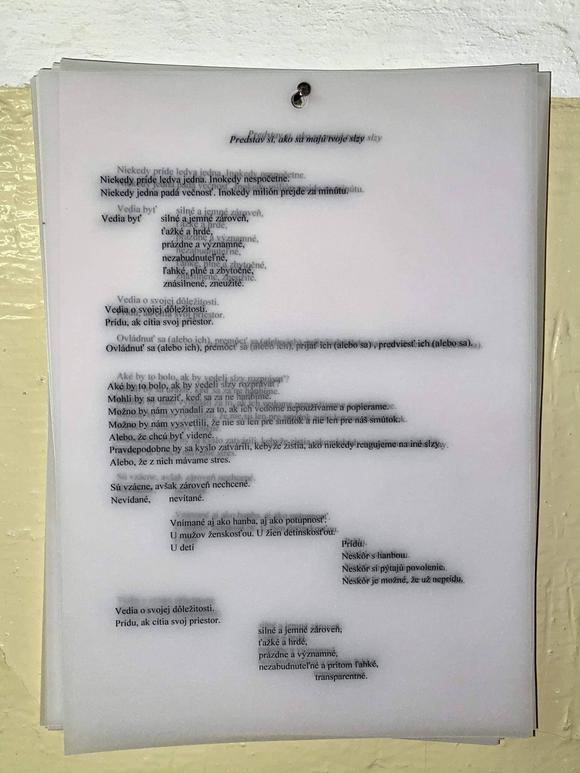How Much the Roots Twist under the Asphalt
The performance How Much the Roots Twist Under the Asphalt poetically blurs the distinction between living and inanimate entities and encourages sensitization to one's surroundings. It shows the idea of life under our cities, how roots move under the asphalt, how they intertwine and communicate. Combined with the sound and vocals of the author's lyrics, we find ourselves thinking out loud in an open and honest way, putting us in awkward and vulnerable situations that may be familiar. To grasp the principle of non-human actors, we must release the need to label things and instead begin to sense them.
Performers: Soňa Kúdeľová, Viktória Revická, Michal Zoller
Music: Dáša Buliková
Mix: Adam Badí Donoval
Camera and Sound: Juraj Starovecký
Costumes: Matej Grznár
Styling: Petra Nela Pučeková
Curator: Štefánia Ďuricová
Concept a text: Viktória Revická
This project was supported by the Council of art in the form of a scholarship.
---
On domestic flights, a life jacket makes no sense
Blessings are given when someone sneezes and when people toast
How much the roots twist under the asphalt
Houseplants should see the sky to thrive
In chess, you need to think at least 2-3 moves ahead
Always only transplant into a two centimetre larger pot
How do cones actually grow?
Do big trees have more feelings?
I have no idea how they twist in there, but I know how they feel
I dreamt that I was in the forest, I met an animal and it went to kill me
I woke up peaceful knowing it was an animal and not a human
Dýchať sa má nosom
Vo vnútroštátnych letoch záchranná vesta nedáva zmysel
Na zdravie sa povie, keď si niekto kýchne a keď si ľudia pripíjajú
Ako veľmi sa korene pod asfaltom krútia
Izbové rastliny by mali vidieť na oblohu, aby sa im darilo
V šachu treba myslieť minimálne o 2-3 ťahy dopredu
Vždy sa má presádzať do o dva centimetre väčšieho kochlíka
Ako inak rastú šišky?
Ako sa tam krútia netuším, ale tuším ako sa cítia
Snívalo sa mi, že som v lese, stretla som zviera a išlo ma zabiť
Zobudila som sa na pokoj, že je to zviera a nie človek
Rozhovor o výstave:
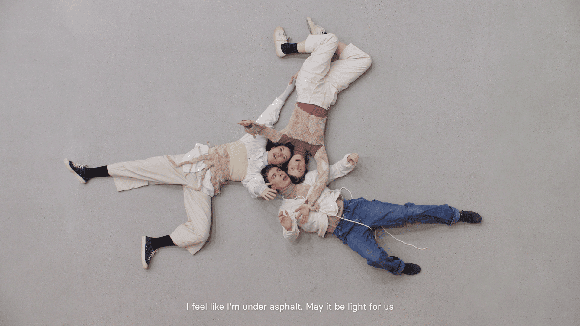
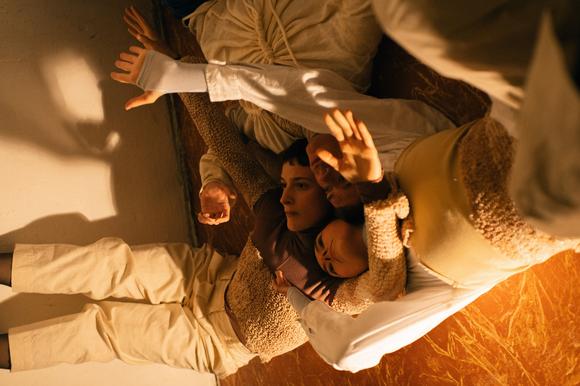
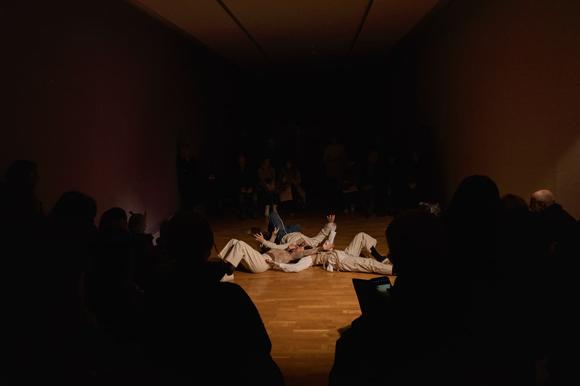

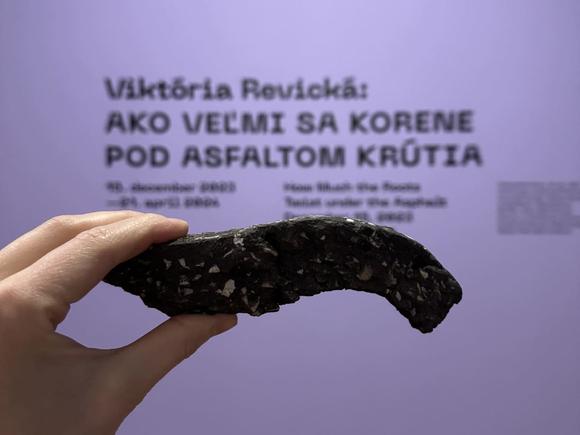
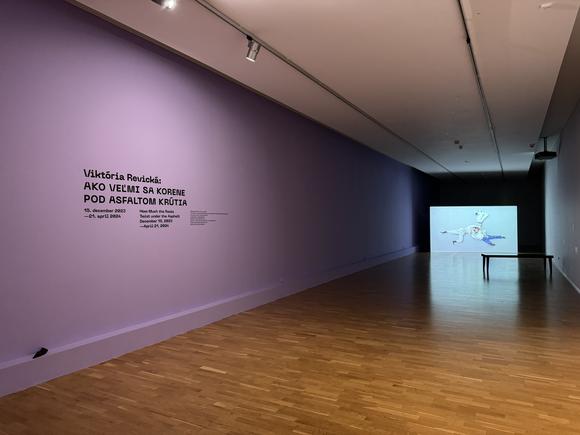
Endless Soup
The result from the residence at the Slovak National Gallery, Schaubmar's Mill, during which we cooked an endless soup on two Saturdays together with guests and visitors, using ingredients brought by visitors instead of admission fees. From each cooked soup, a 'base' was taken, which was used for further cooking. The communal cooking was opened by Eva Takácsová performance entitled 'Spoje', and during the cooking, I talked with the guests about their creations related to food, gardens, fermentation, beverages, fruit trees, etc. Among them were:
Dávid Koronczi, Martina Szaboová, Eva Takácsová, Samuel Chovanec, Dávid Fendrich, Ine concepts.
Photographers: Denisa Horváthová and Nikola Čemanová.
Komentár k eventu:
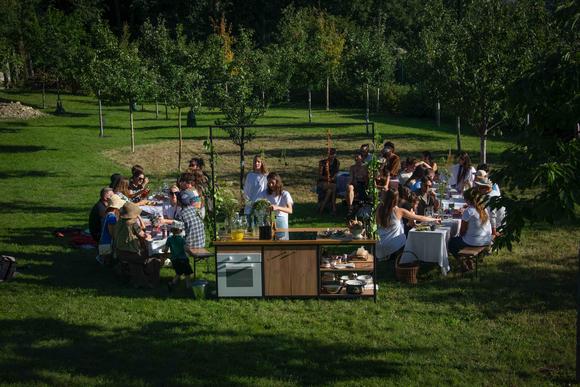
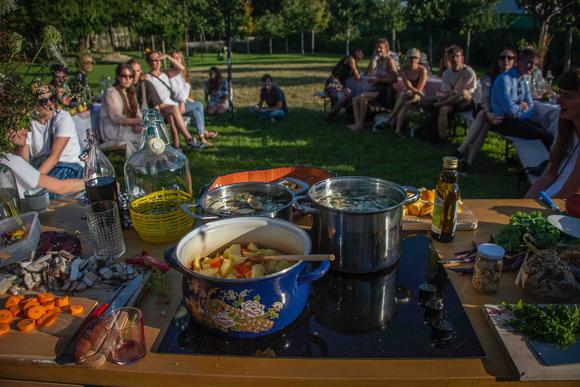
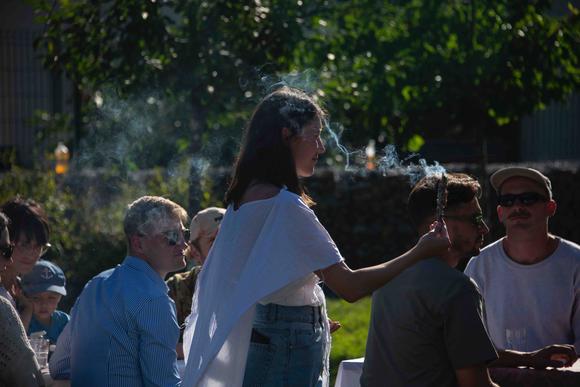
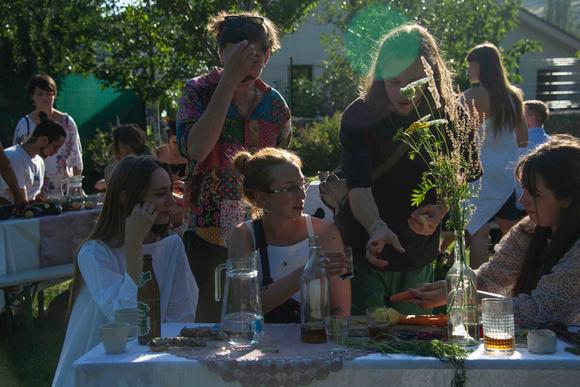
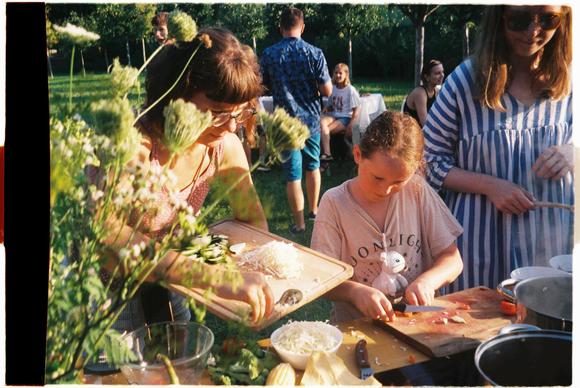

Fermentation Movement
Performance embodies the process of fermentation. Performers become the yeast in the fermentation culture, undergoing its natural process - fermentation.
Non-human movements of unicellular organisms, sounds, and the living essence of yeast captivate attention, loosen bodies, and sensitize us to the ordinarily invisible world.
Performers: Juraj Bilený, Dominik Dolník, Soňa Kúdeľová, Klára Farkašovská, Júlia Pabst, Nela Rusková, Kristián Šmelko, Michal Zoller
Photodocumentation: @_isonative, @lejaberkova, @matej.kautman, @pan.priatel
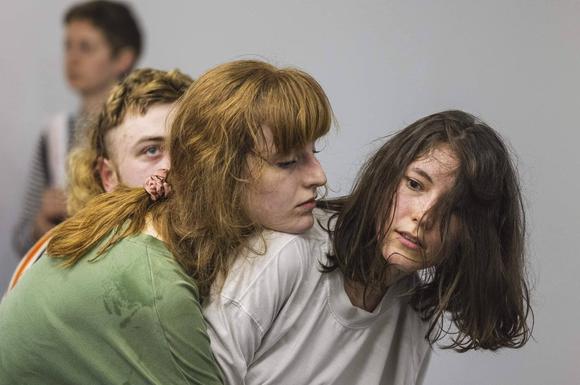
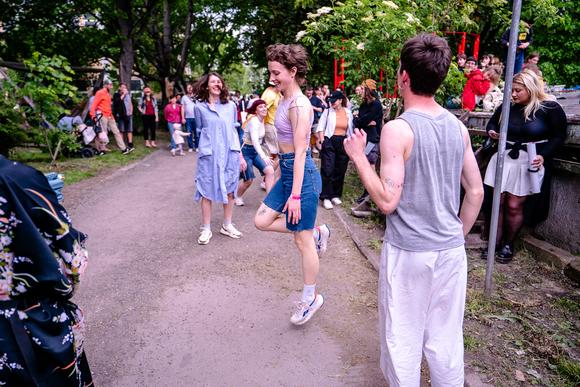
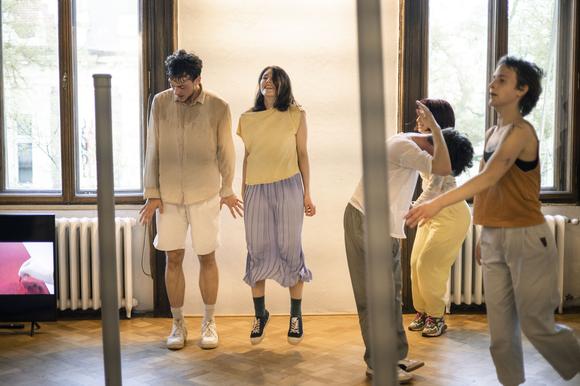
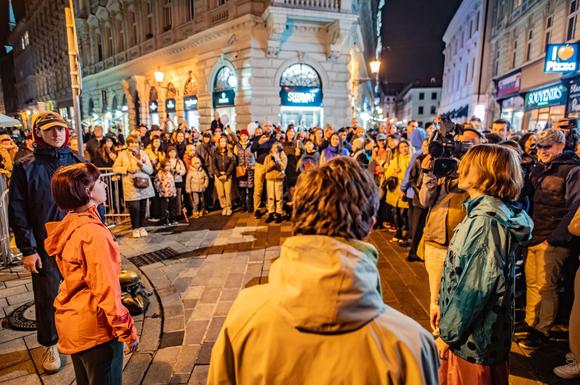
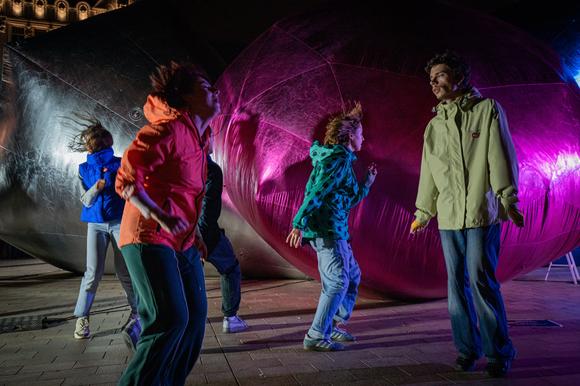
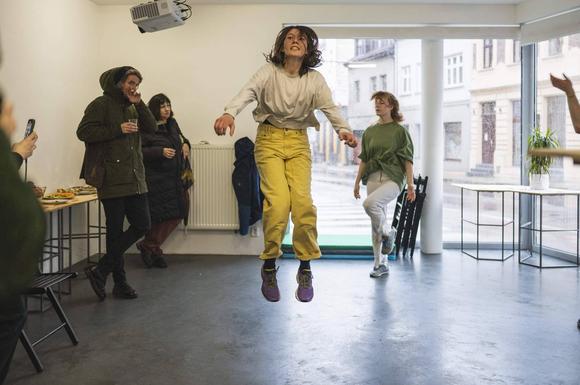
Videoperformance
Fermentation Movement
Performance embodies the process of fermentation. Performers become the yeast in the fermentation culture, undergoing its natural process - fermentation.
Non-human movements of unicellular organisms, sounds, and the living essence of yeast captivate attention, loosen bodies, and sensitize us to the ordinarily invisible world.
Performers: Lucia Kupcová, Tatiana Takáčová, Veronika Verešová
Camera: Denis Kozerawski
Curator: Nina Vidovencová
Photodocumentation: Kvet Nguyen
Duration: 24:36 min.
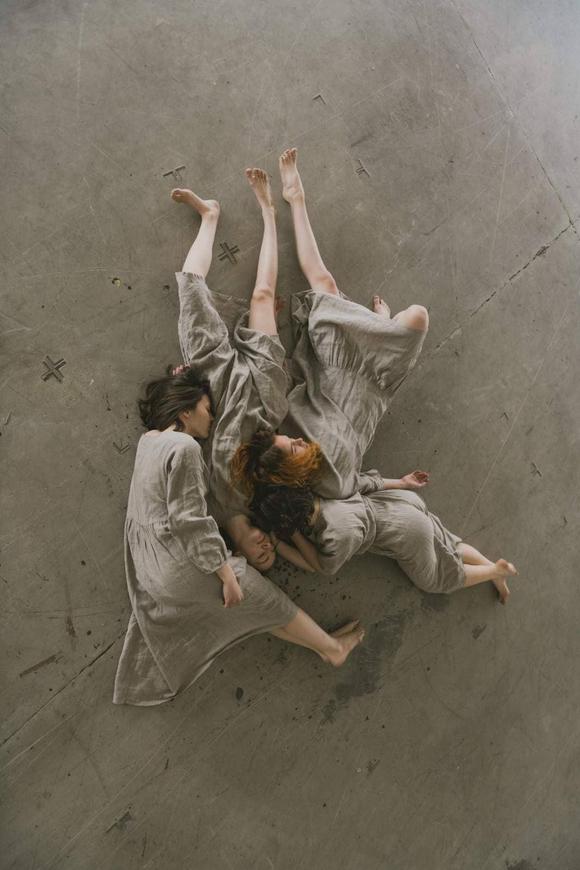
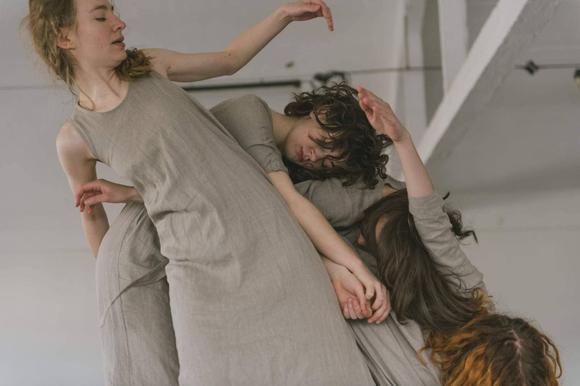
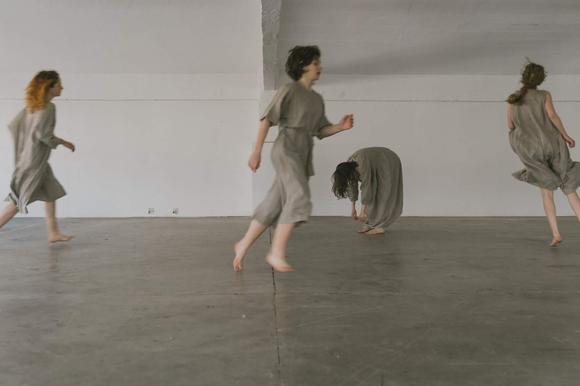
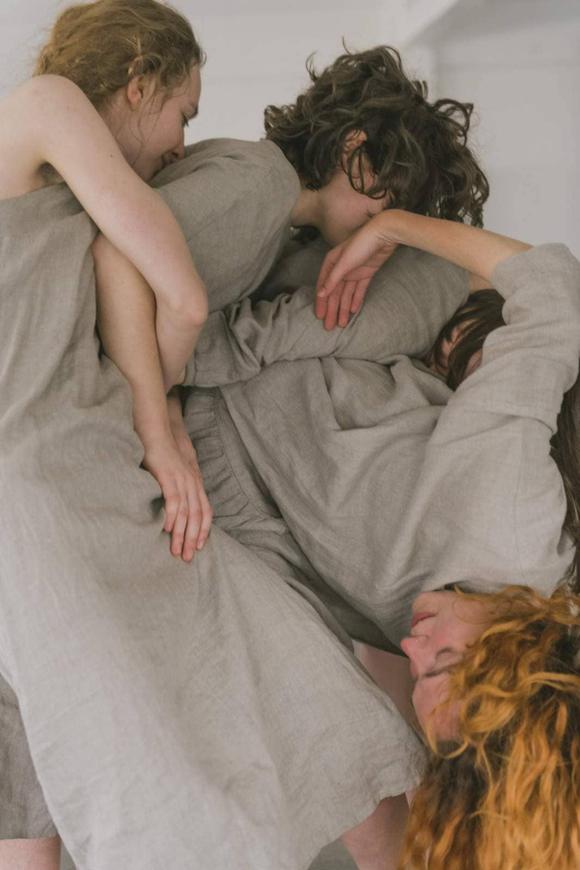
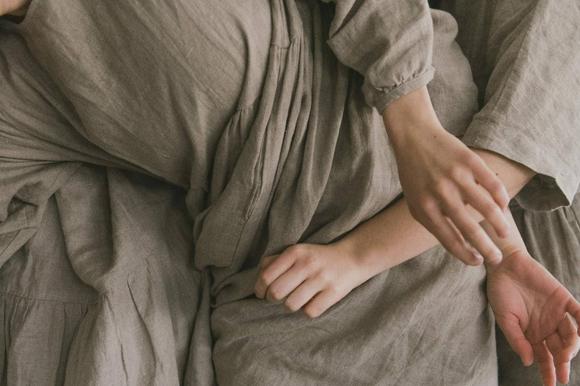
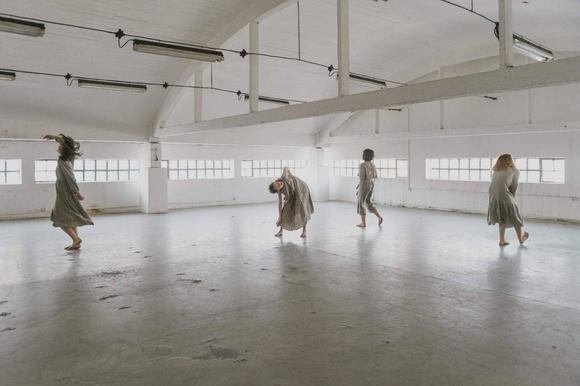
Foam
The fermentation process from beginning to end often brought with it thoughtful processes. Some cultures, as they invoked the gods of fermentation for the desired bubbles to finally appear in the fermented product, danced and sang, stamped and shouted, while others waited quietly and peacefully until the foam appeared. In those times, people did not yet know that they were actually praying and paying homage to microscopic organisms. The moment of waiting is the moment of the birth of a new yeast culture. It is a moment that brings joy to humans for millennia, as it does to the yeast, which is ensured an adequate supply of food in an ideal temperature environment. It is a moment when the joy of life and the joy of interdependence come together.
Collaboration with Samuel Chovanec.
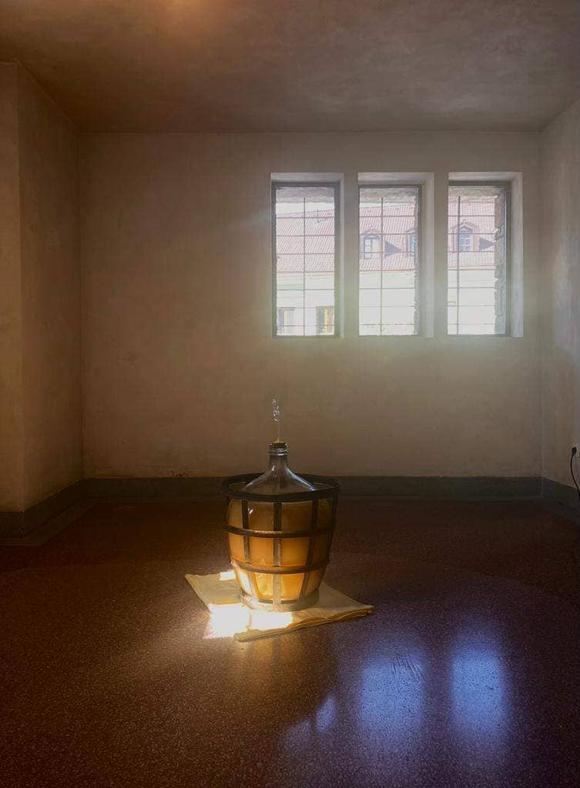
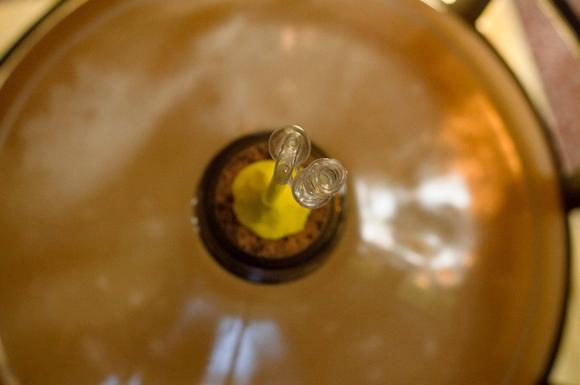

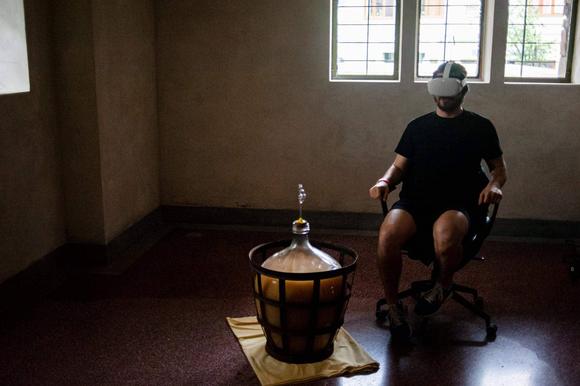
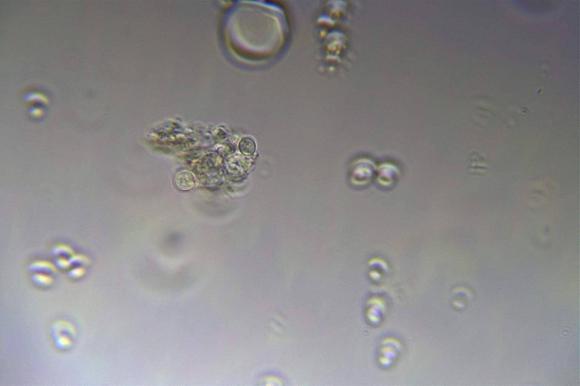
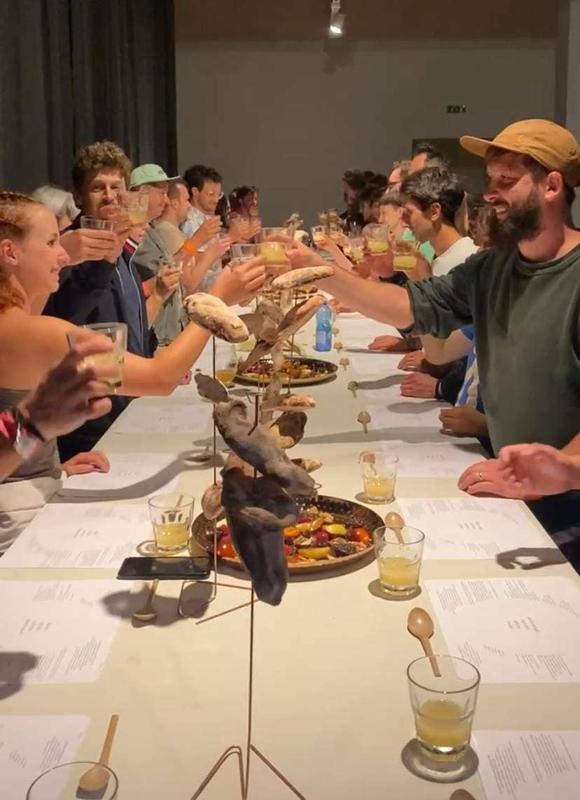
Compost of Vulnerability
Compost of thoughts. Mental compost.
Video:
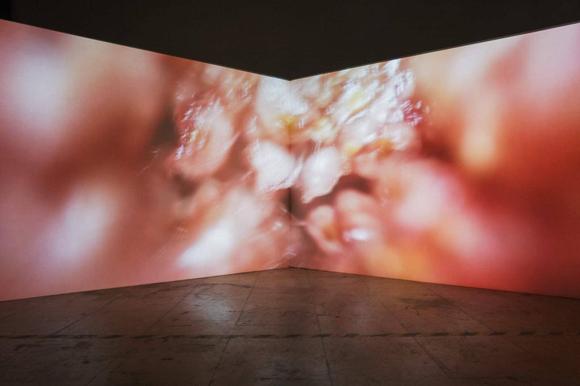
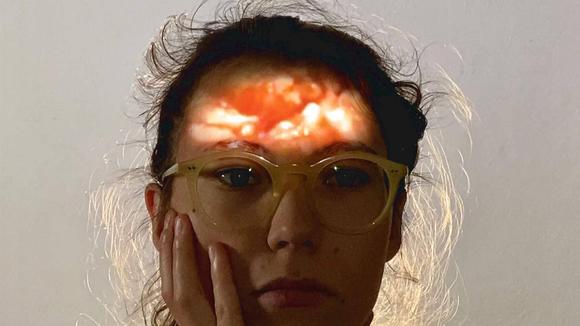
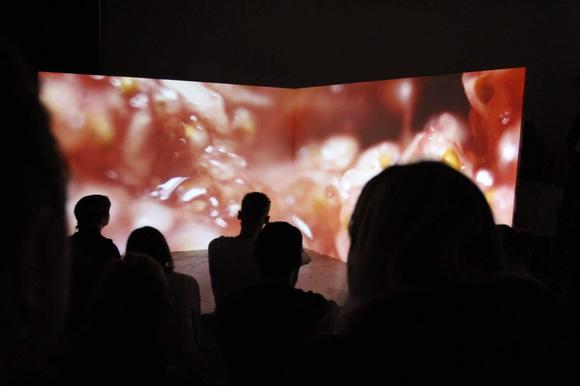
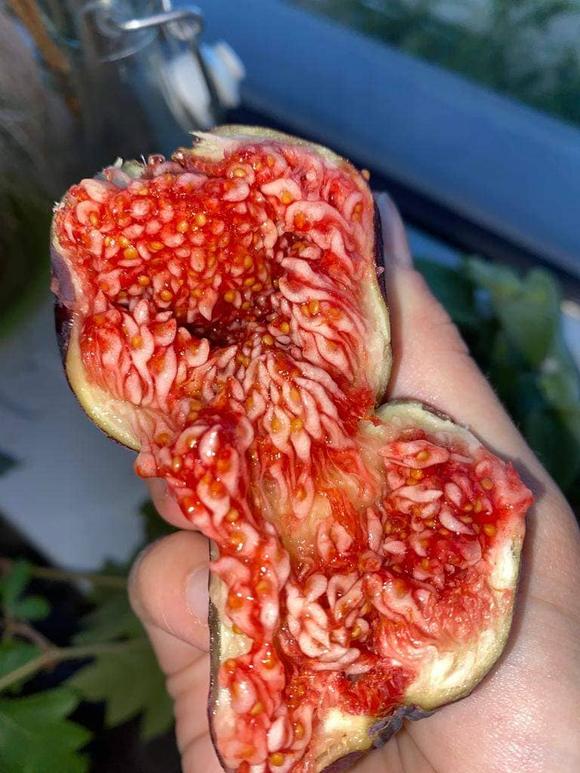
Ministry of Loneliness
Ministry of Loneliness is a piece for 150 plants and 15 performers.
Creative team:
ASFD divadlo
Matúš Gavorník
Juraj Mydla
Erik Pánči
Diana Pavlačková
Viktória Revická
Tatiana Takáčová
Peter Tilajčík
Magdaléna Žiaková
Photo: Natália Zajačiková
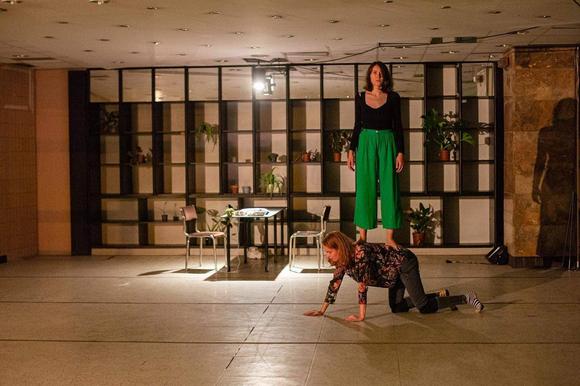
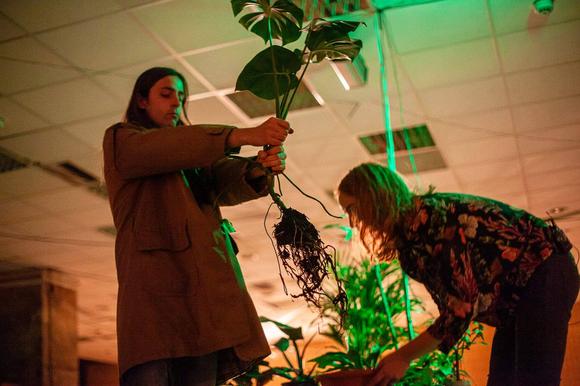
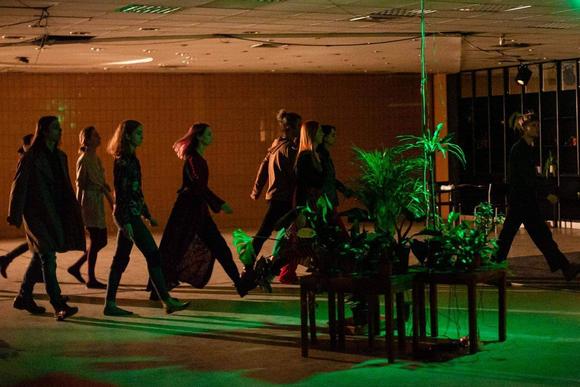
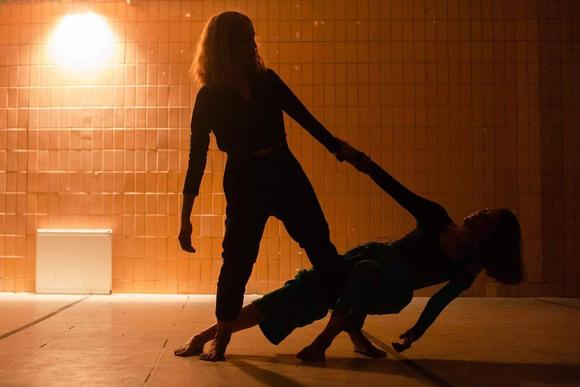
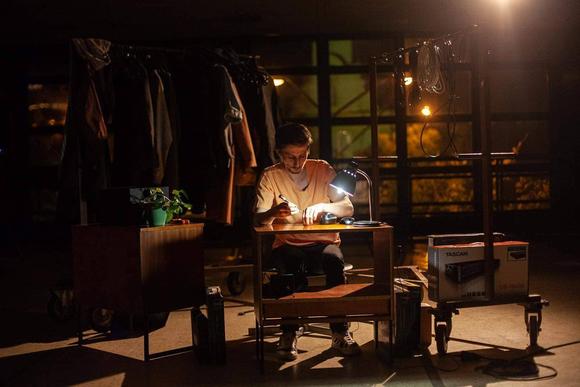
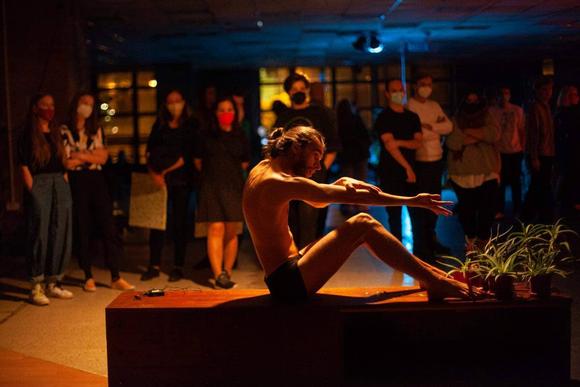
Motion Diaries
The performance by Tatiana Takáčová and Viktória Revická was created through daily recording of experiences about their bodies, emotions, and perceptions - throughout the entire month, cycle.
Photo: Nina Pacherová
“...RytmusTempoVnemDych
Vnímať vlastné tempo. Počuť ho. Naslúchať mu. Nechať sa ním viesť.
zrýchlený tep, znížený tlak, rýchle krvácanie, pomalý čas, prekrvenie
dýchať vlastný oddýchnutý dych
zvútra vnútri zoseba dnu
neochota znechutenie
silná bolesť
tichá sila
tažkosť.plnosť...”
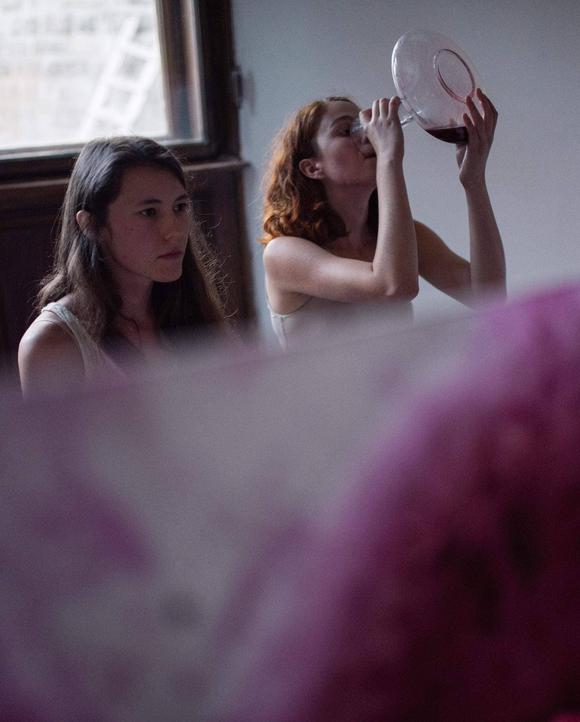


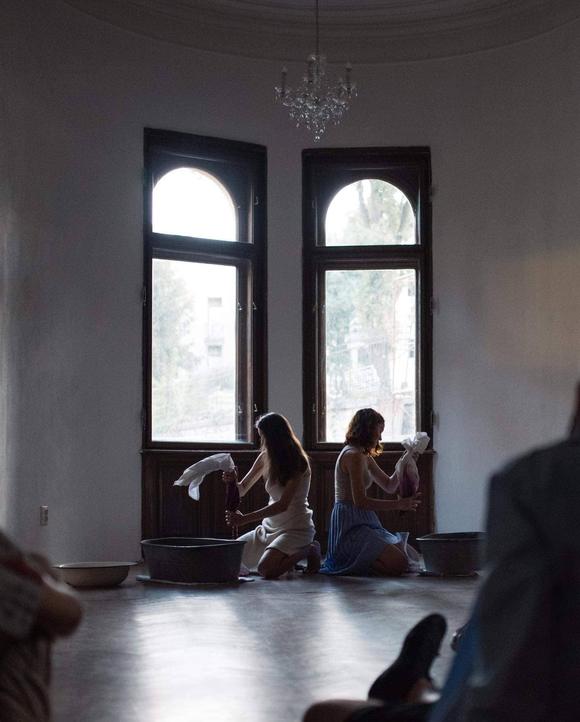
Papillary lines
Papillary lines reveal the dichotomy between societal expectations and intimate human experience, where touch serves as a means of connection and simultaneously as a test of trust.
nevyfarbuje sa za čiarou
neplače sa na verejnosti
nesmeje sa, keď je človek sám vo verejnom priestore
nepozerá sa na seba do zrkadla pri iných osobách
pije sa až po štrngnutí
nesťažuje sa, iba ak doplníme vetu, “nechcem sa sťažovat”
nechváli sa a keď áno, opäť na to upozorníme
vie sa, čo robiť a prečo, ak nie, rýchlo sa vymyslí dôvod
každý životný krok má byť dopredu premyslený
slovo neviem odoberá z hodnoty a pozornosti
samostatnosť vyžaduje zachovať tvár a nepriznávať výkyvy
sukňa by nemala byť kratšia, ako dĺžka rúk
rozdeluje sa pracovný čas od voľného, a to ako sa máme, riešime mimo pracovnej doby
dotykom sa zastavuje prítomnosť
rýchlo
sa pomaly dotknúť
celoplošným kontaktom cítime teplo
pohybom prstov vieme odhadnúť tvrdosť pokožky a štruktúru
tým by sme mohli vediet určit rasu aj vek
pomalé a silné prechádzanie dlaňou po tele
aj pri kresbe nastáva pocit dotýkania
vytváraním plochy, štrutúr, identity
tieň na hrudi a pri kľúčnych kostiach
počuť nádych a výdych
dotykom prerážame veľkú bariéru
vzťah sa ním posúva o tri kroky
prvý krok je hovorenie o rodine
druhý je každodenný kontakt
tretí je dotyk
a potom sa človek stáva blízkou osobou
keď sa dotýkame blízkej osoby prvýkrát, na každom spojení záleží
nechávame si omrvinky naplňujúceho pocitu, ktorý nás robí závislými
niekedy ho môžeme nazvať živiteľom
nastáva neverbálna komunikácia
čiarky, ktoré máme na vankúšiku prstu, priliehajú na čiarky druhej osoby
ako touch button na telefóne
buď sa odomkne alebo nás nepustí
stále sú ďalšie dva pokusy
potom je nutné čakať minútu
neskôr 10 minút
ak stále nie, tak 30min a následne hodinu
hodina čakania
človek si rozmyslí, či mu to za to stojí
zaplnením svojho času neostáva priestor pre osobné situácie a procesy v tele
väčšinou sa to neskôr prejaví, ale pri dobre naučenom ovládaní sa v spoločnosti, je možné to schovať ešte hlbšie
príde mihot
stiahnutie hrude
preblesk v hlave
ale povinnosti sú akútnejšie
vlastné veci vyriešime neskôr
keď vychladneme, vytriezveme, prefiltrujeme a pochopíme, že sú aj “horšie globálnejšie veci” ako osobné citlivé sračky,
bytie
únava
padavé telo
nehybná hmota tuku a svalov
napínanie
potreby, povinnosti, aktivity
všetko bokom kvôli prekonaniu nedostatku energie
káva dávno nie je pomocníkom, dokonca naopak
rapídna únava
dlhé žmurky
ťažká pokožka
vonkajšie rohovky ju napínajú
prižmúrenie
dlhý nádych
pauza
krátky výdych
rýchly mik
dlhý nádych
vzduch zväčšuje miesto a predlžuje čas
na vankúšiku prstu máme citlivú pokožku
rýchlym a silným nárazom sa nám poškodí štruktúra a termoregulácia
vzájomným dotykom vzniká nová štruktúra a spoločné teplo
povzbudzuje sa potlapkaním na plece
na smútok a neistotu sa verbálne navrhne objatie
dotykom sa vchádza do priestoru, ktorý nám nepatrí
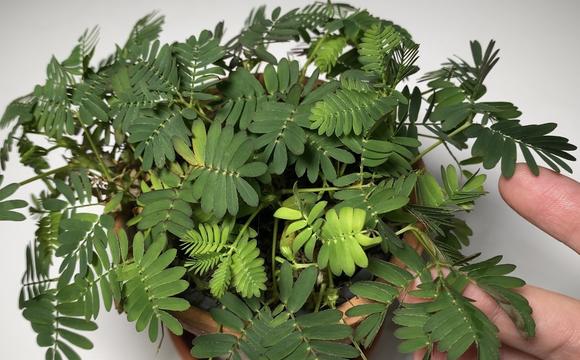
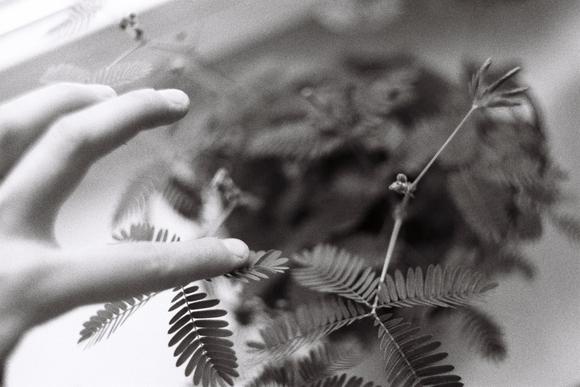
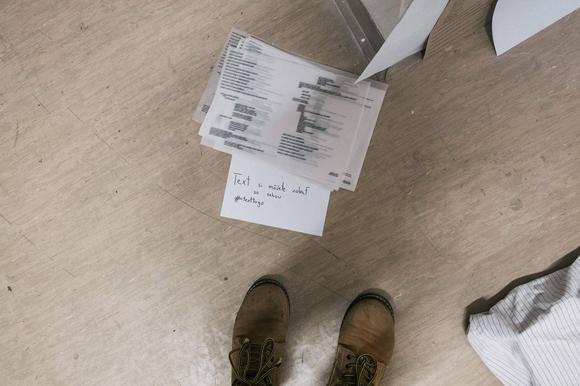
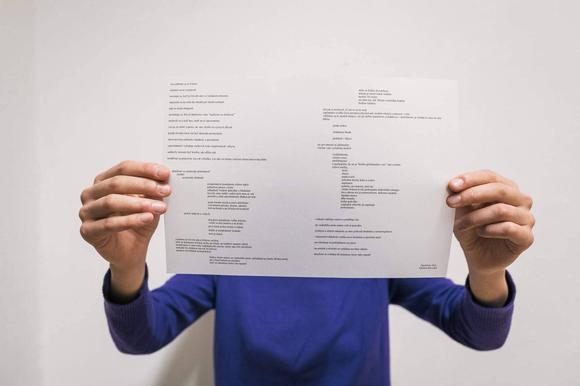
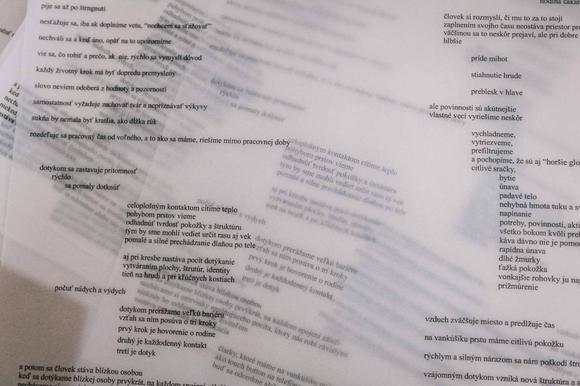
Office for Measuring Personal Zones
During the performance, I explore personal space boundaries through questions, ranging from the most common to the most intimate, while overcoming my own personal boundaries. In case discomfort arises from the questions, the personal space boundary can be stopped by you or me. The resulting boundary is marked with colored tape on the ground, creating an overall visual installation in the space.

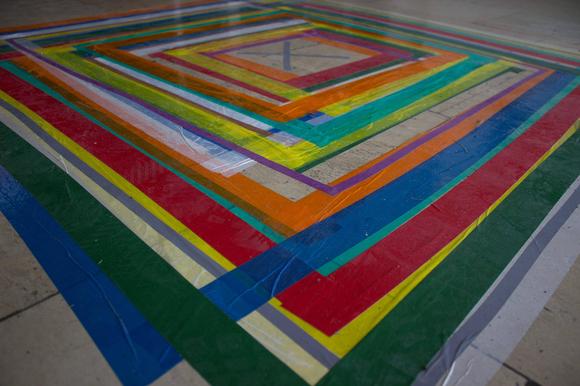
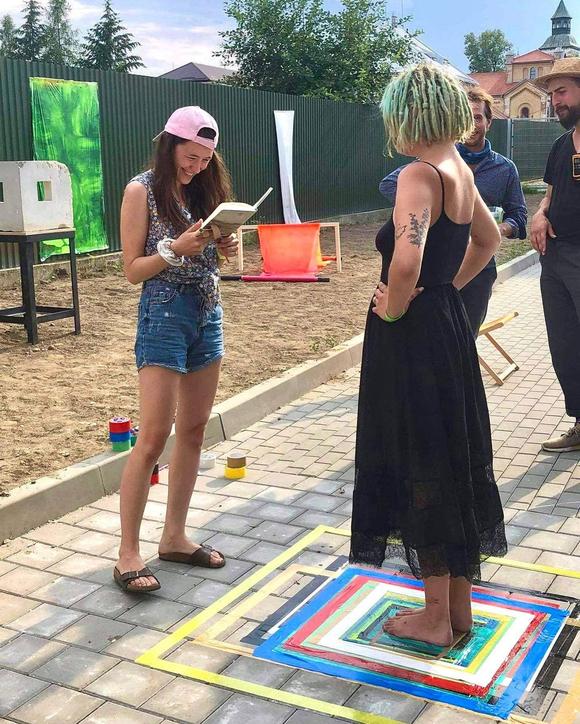
Transformational Etudes
Through the work of Transformational Etudes, I respond to environmental noises with movement.
Video:
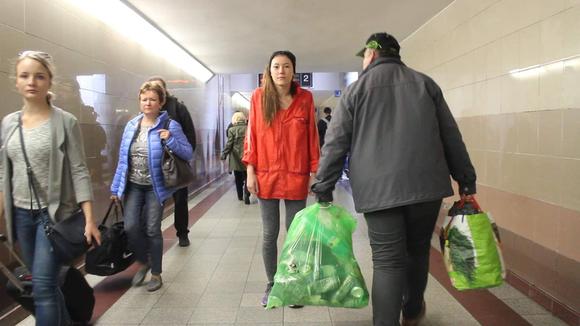
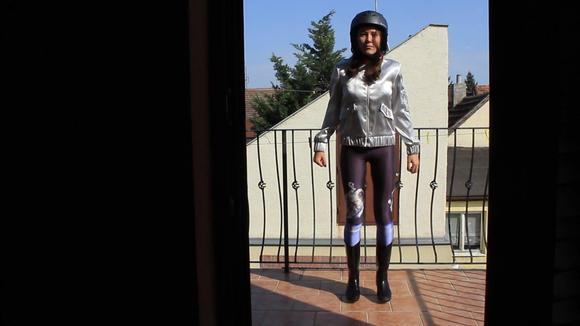

Svetlov
Light has become my obsession, dependency, fetish. During this time, themes of duality, the split self, and the search for my own identity opened up within me.

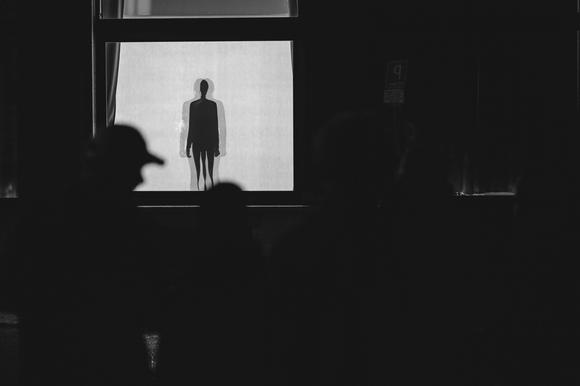
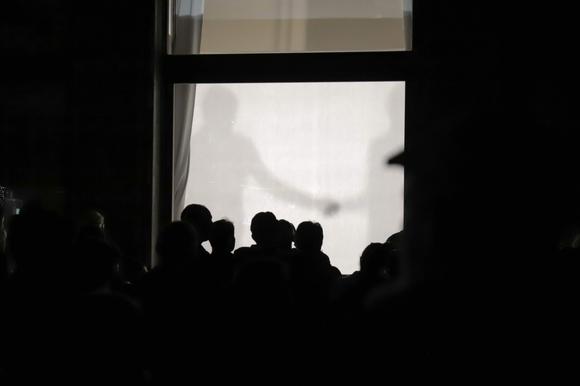
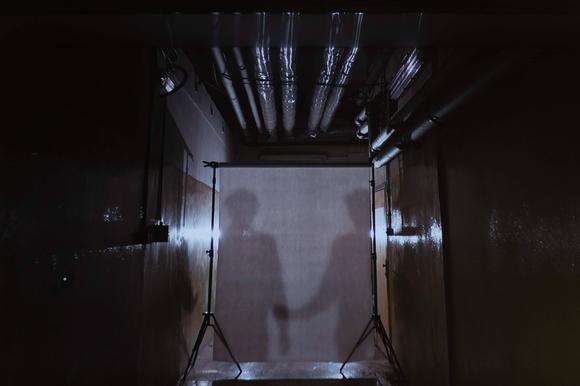
Imagine, How Your Tears Are
In the project "Imagine, How Your Tears Are," I repurpose an unnecessary sheet, which is dyed with onion skins, thereby utilizing materials designated as waste. Onions, among other things, trigger tears. The dyed fabric bears the inscription "Tears = Awareness of Sensitivity" on one side and "Tears ≠ Inability to Handle a Situation" on the other side. The handkerchiefs created by cutting the fabric symbolize that tears and other emotions should be integrated into our daily lives without unnecessary emphasis on their cause.
The handkerchief provides space for our transparent tears.
...
What if tears could speak?
They might feel offended when we feel ashamed of them.
Perhaps they would scold us for not consciously using them and denying them.
Maybe they would explain to us that they are not just for sorrow and not just for our sorrow.
Or, that they want to be seen.
They would probably grimace sourly if they found out how we sometimes react to other tears.
Or, that we get stressed by them.
They are precious, yet unwanted.
Unprecedented, unwelcome.
Perceived as both shame and disgrace.
In men, femininity. In women, childishness.
...
